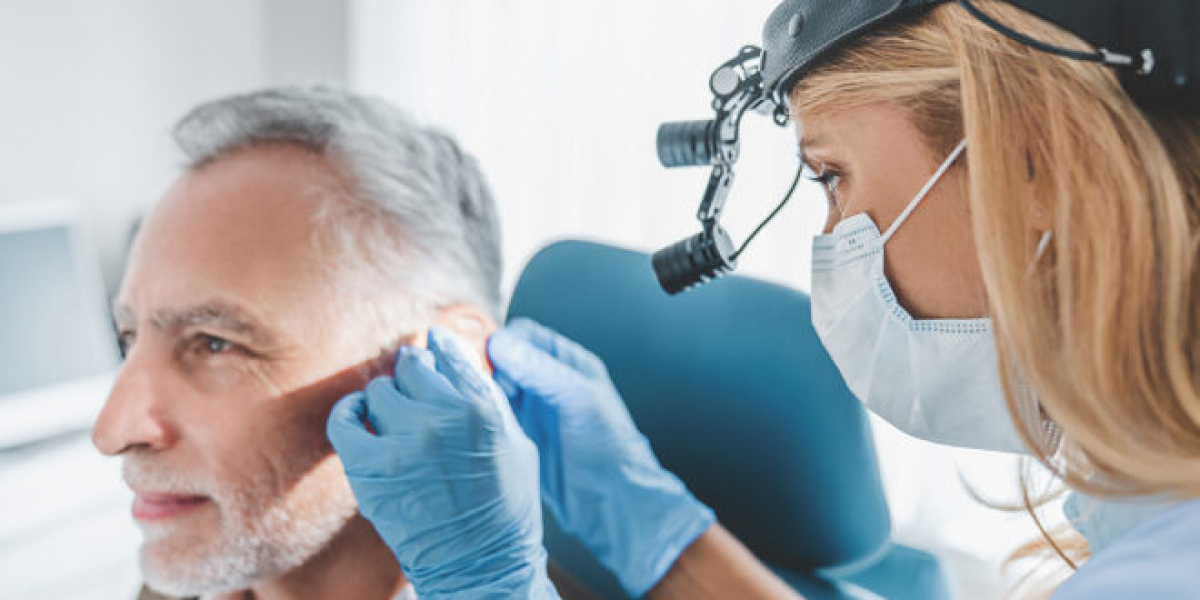Ear microsuction is a highly effective procedure for removing excess earwax, foreign bodies, or infections from the ear canal. This minimally invasive method ensures that patients experience fewer complications and faster recovery times compared to traditional methods. Understanding the recovery process is crucial for ensuring a smooth and successful outcome. This comprehensive guide will delve into the essential aspects of the recovery process after ear microsuction, providing detailed insights and practical advice for a seamless post-procedure experience.
Understanding Ear Microsuction
Ear microsuction involves the use of a specialized suction device and a microscope to safely and precisely remove obstructions from the ear canal. This technique is preferred over ear syringing or manual removal due to its precision and reduced risk of damage to the ear canal or eardrum.
Pre-Procedure Preparation
Before undergoing ear microsuction, it is essential to prepare adequately to ensure optimal results and a smooth recovery. Patients are typically advised to:
- Avoid using cotton buds or inserting any objects into the ear canal.
- Refrain from applying ear drops unless prescribed by a healthcare professional.
- Inform the practitioner of any existing ear infections or medical conditions that may affect the procedure.
What to Expect During the Procedure
During the microsuction procedure, patients will lie down comfortably while the practitioner uses a microscope to visualize the ear canal. The suction device is then used to gently remove the earwax or foreign objects. The procedure is usually quick, lasting between 15 to 30 minutes, and is generally well-tolerated with minimal discomfort.
Post-Procedure Care
Immediate Aftercare
After the microsuction procedure, patients may experience some mild discomfort or a feeling of fullness in the ear. It is important to follow these post-procedure care instructions:
- Keep the ear dry: Avoid getting water in the ear canal for at least 48 hours after the procedure. This helps prevent infection and promotes healing.
- Avoid inserting objects into the ear: Refrain from using cotton buds or other items to clean the ear.
- Follow prescribed medication: If the practitioner has prescribed ear drops or antibiotics, use them as directed to prevent infection and aid in healing.
Managing Discomfort
Mild discomfort, such as a slight itchiness or a feeling of fullness, is common after ear microsuction. Over-the-counter pain relievers, such as acetaminophen or ibuprofen, can help alleviate any discomfort. However, if pain persists or worsens, it is crucial to contact a healthcare professional.
Monitoring for Complications
Although complications from ear microsuction are rare, it is important to be aware of potential issues and seek medical attention if necessary. Common signs that may indicate a problem include:
- Severe pain: Persistent or worsening pain in the ear may indicate an infection or injury.
- Discharge: Unusual discharge from the ear, especially if it is yellow, green, or has a foul odor, could be a sign of infection.
- Hearing loss: A sudden or significant decrease in hearing ability should be evaluated by a professional.
Long-Term Care and Maintenance
Ear Hygiene
Maintaining good ear hygiene is essential to prevent future issues and ensure the health of the ear canal. Recommendations include:
- Regular check-ups: Schedule regular ear examinations with a healthcare provider to monitor ear health and address any concerns promptly.
- Avoid inserting objects: Do not insert objects into the ear canal, as this can push wax deeper or cause injury.
- Use ear protection: If exposed to loud noises or water, use ear protection to prevent damage.
Healthy Lifestyle Choices
Adopting healthy lifestyle habits can also contribute to overall ear health and prevent future issues:
- Stay hydrated: Drinking plenty of water helps maintain ear health by keeping mucus and earwax thin and manageable.
- Avoid smoking: Smoking can irritate the ear canal and contribute to ear infections.
- Manage allergies: Allergies can increase earwax production and lead to discomfort. Managing allergies with appropriate medications can help alleviate symptoms.
When to Seek Professional Help
While most people recover from ear microsuction without complications, there are certain situations where it is important to seek professional help:
- If you experience persistent or severe symptoms: Symptoms that do not improve with over-the-counter medications or home care should be evaluated by a healthcare provider.
- If you notice changes in hearing: Any significant changes in hearing ability should be investigated to rule out underlying issues.
- If you suspect an infection: Signs of infection, such as fever, increased pain, or unusual discharge, require prompt medical attention.
Conclusion
The recovery process after ear microsuction is generally straightforward and involves simple measures to ensure optimal healing. By adhering to post-procedure care instructions, monitoring for potential complications, and maintaining good ear hygiene, patients can achieve a smooth recovery and maintain long-term ear health.









